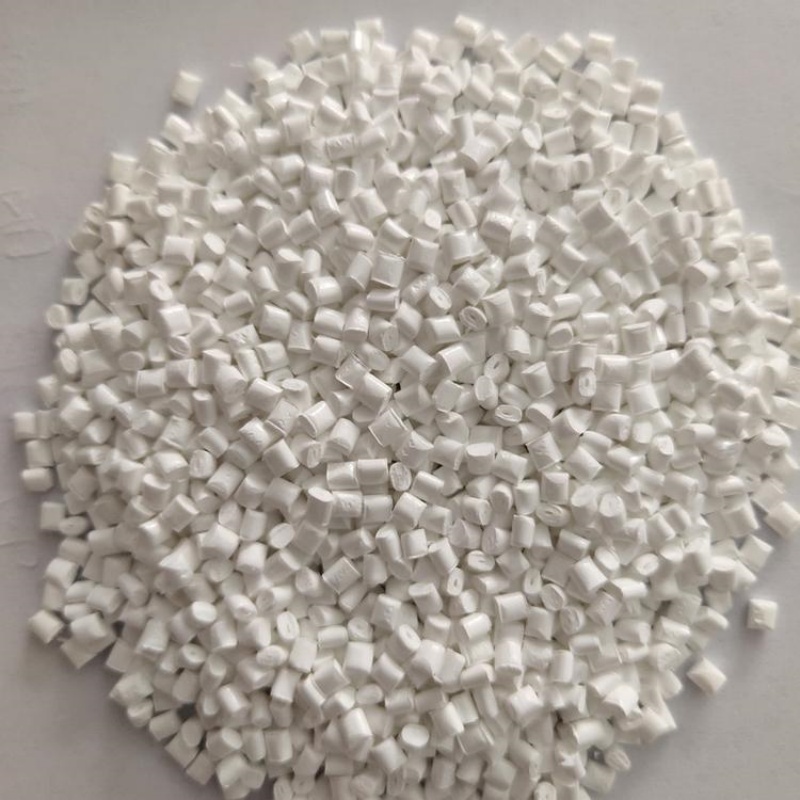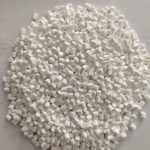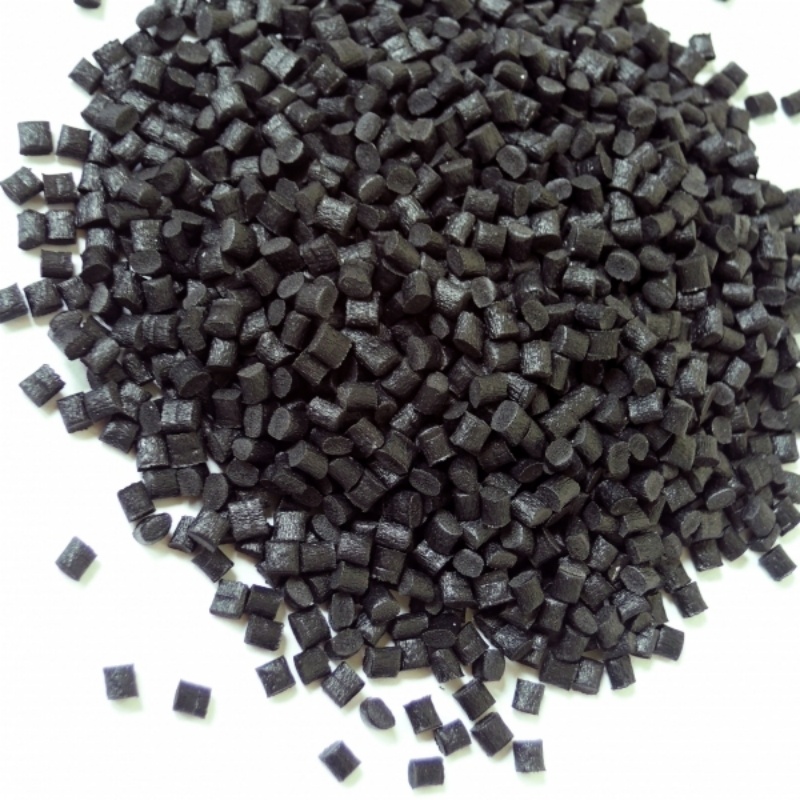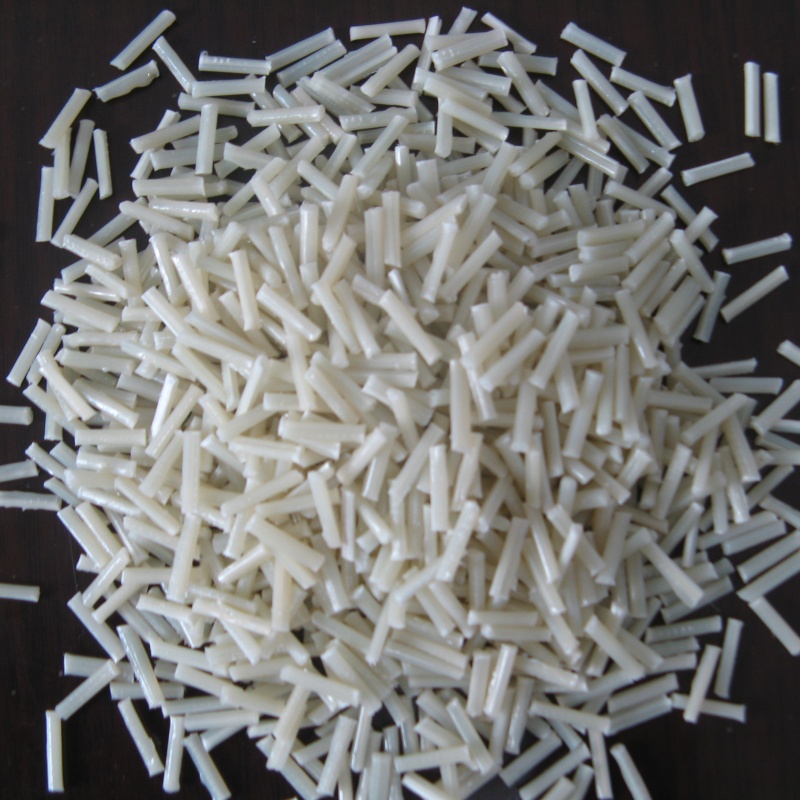PA66+35GF Friction Resistance (35% Glass Fiber Reinforced Polyamide 66, Anti-Friction Type) offers exceptional wear resistance, superior mechanical strength, and enhanced thermal stability. Designed for automotive, industrial, and structural applications, it ensures long-term reliability, reduced friction, and extended durability.
Product Overview
PA66+35GF Friction Resistance is a composite material designed with an extremely low coefficient of friction and exceptional wear resistance, enhanced with 35% glass fiber. This material is particularly suitable for parts requiring long-term wear resistance and low friction, making it ideal for high-demand fields such as machinery, automotive, and rail transportation, ensuring stability and durability.
Key Features
- Low Coefficient of Friction: The material offers excellent low-friction performance, effectively reducing wear and extending the service life of components.
- Low Wear: Glass fiber reinforcement gives the material outstanding wear resistance, allowing it to maintain a long service life even in high-friction environments.
- Good Dynamic Balance: The material exhibits good dynamic balance, making it suitable for high-speed rotating or moving parts.
- Fatigue Resistance: It has excellent fatigue resistance, making it ideal for applications subject to repeated loading.
Applications
- Gears: Used in mechanical devices such as gears, offering low friction and wear resistance to ensure long-term stable operation.
- Bushings: Suitable for bushing components, providing excellent wear resistance and low friction performance to reduce mechanical wear.
- Railway Components: Can be applied to components in rail systems, such as wheel-rail contact surfaces, providing long-term wear protection.
- Oilfield Centralizers: Used in oilfield equipment to ensure long-term wear resistance under high-load conditions.
- Textile Shuttles: Used in textile machinery shuttles to reduce friction and improve production efficiency.
- Elevator Components: Applied to sliding components in elevator systems, reducing friction and wear to extend equipment life.
- Wear-Resistant Components: Suitable for various components requiring wear resistance, such as valves and seals, ensuring reliable long-term performance.
| Test Properties | Unit | Test Method | Test Condition | Typical Value |
| Physical Properties | ||||
| Density | g/cm³ | ISO 1183 | 1.37 | |
| Filler Content | % | ISO 1172 | GF35 | |
| Mold Shrinkage | % | ISO 294 | Parallel: 0.2%, Vertical: 0.6% | |
| Mechanical Properties | ||||
| Tensile Strength | MPa | ISO 527 | Type I sample, 50mm/min | 190 |
| Elongation at Break | % | ISO 527 | Type I sample, 50mm/min, Gauge length 50mm | 2.5 |
| Flexural Strength | MPa | ISO 178 | 23℃, 10mm/min | 260 |
| Flexural Modulus | MPa | ISO 178 | 23℃, 10mm/min | 9300 |
| Izod Impact Strength (Notched) | KJ/m² | ISO 180 | 23℃ | 15 |
| Charpy Impact Strength (Unnotched) | KJ/m² | ISO 179 | 23℃ | 85 |
| Thermal Properties | ||||
| Melting Point | ℃ | ISO 11357-1 | 260 | |
| Heat Deflection Temperature (HDT) | ℃ | ISO 75 | 0.45MPa: 250℃, 1.8MPa: 245℃ | |
| Flammability | ||||
| UL Flammability Class | UL-94 | HB | ||
| Glow Wire Ignition Temperature (GWIT) | ℃ | IEC 60695-2-13 | - | |
| Electrical Properties | ||||
| Surface Resistivity | Ω | IEC60093 | 100000000000000 | |
| Volume Resistivity | Ω·cm | IEC60093 | 1000000000000000 |
 new material
new material






